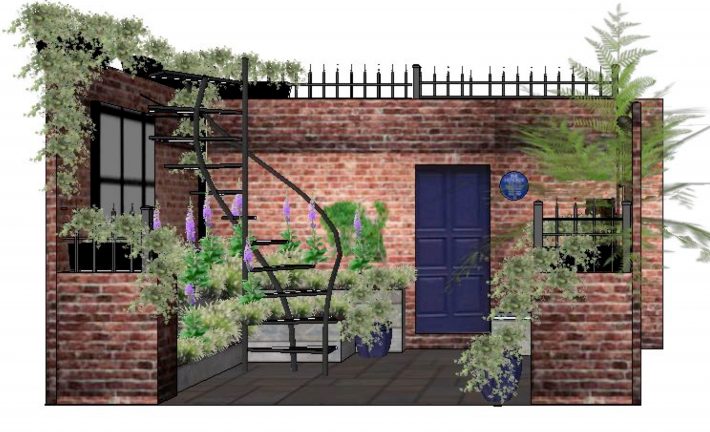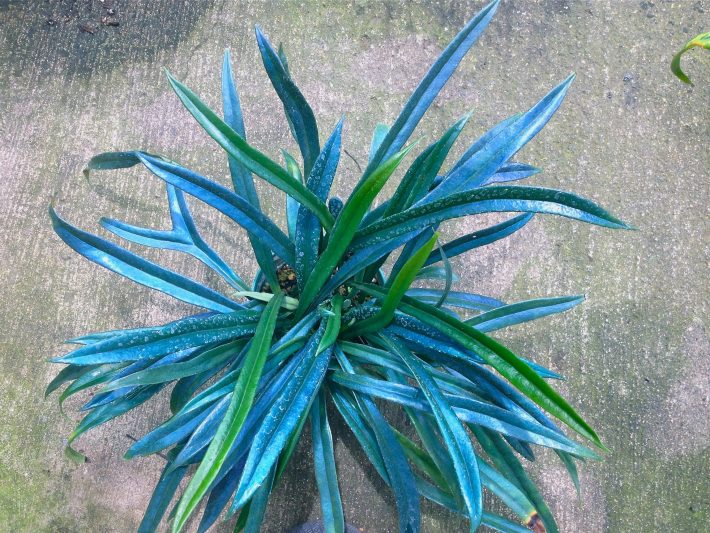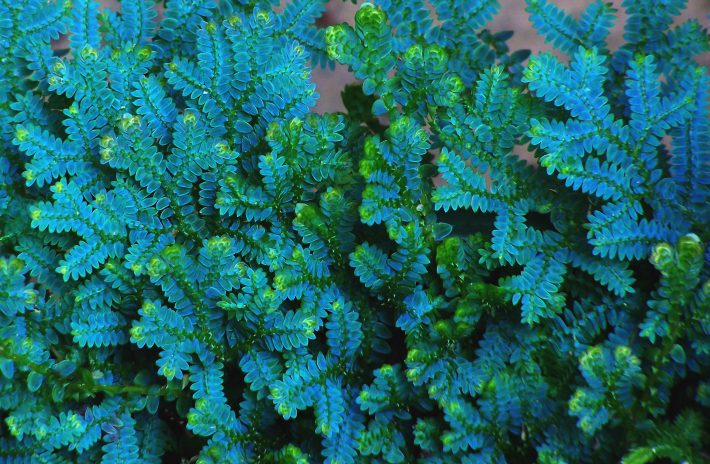Press Release: Bloomin’ Shade! Shady gardens can be beautiful too
Gardens shaded by buildings or trees are becoming increasingly common, yet many gardeners find these sheltered spaces challenging. Using a specially designed shade garden, the British Ecological Society (BES) will be shedding light on the science behind shade tolerance in plants at this year’s RHS Chelsea Flower Show.

The BES garden – Delight in the Dark – is led by a team of leading ecologists and designed by Janina Lileikyte-Jones and Lucy Summers. The garden will spotlight plants that thrive and bloom in gloomy conditions and explain the adaptations that enable them to create wonder without direct light.
Shade plants have developed a range of beautiful characteristics, many of which gardeners are drawn to. These characteristics, including iridescence and variegation, help plants deal with low light levels. The Delight in the Dark shade garden includes more than 50 species of plants adapted to different kinds of shade, many of which will appeal to gardeners.
“Shade adaptations such as structural variegation are very beautiful and some, like iridescent plants, are certainly intriguing,” says Dr Ken Thompson of the University of Sheffield, who helped develop the BES garden.
Some plants that grow in deep shade have a striking and attention-grabbing iridescent blue tinge to their leaves, an adaptation which allows plants to photosynthesize more efficiently in dim light.
The star attraction of the BES garden will be a wall of iridescent plants Microsorum thailandicum and Selaginella willdenowii, supplied by the Whitney Research Group at the University of Bristol.

According to Alanna Kelly, the research group technician: “Iridescence is a differential refraction of white light to give intense shimmery colour, like the colours playing across a bubble or oil slick surface.” Visitors will be able to use 3D glasses and torches provided to observe the remarkable blue iridescent leaves in full splendour.

Many plants with varied leaf colours (variegation) grow well in shade and are much loved by gardeners. In some plants this variegation, as well as being eye-catching, may help reduce any damage when the plant experiences the occasional shaft of bright light. Variegated plants such as Brunnera macrophylla ‘Jack Frost’ will be on display plus information and tips on the different types of variegation.
Ferns are also masters of shade and make wonderful garden plants, resembling ancient forests. They contain an unusual light-sensing pigment, called neochrome, which enables them to sense the light better. The pigment is rare and the only other plants that contain neochrome are hornworts. The BES garden includes both hornworts and plenty of ferns, enabling visitors to discover how this ancient but uncommon characteristic was acquired.
The British Ecological Society is inviting visitors to explore the amazing nature behind varieties that not only survive, but also flourish and bloom, in the shade at the RHS Chelsea Flower Show from 23–27 May 2017.
Further information regarding the garden can be found here.
Like what we stand for?
Support our mission and help develop the next generation of ecologists by donating to the British Ecological Society.